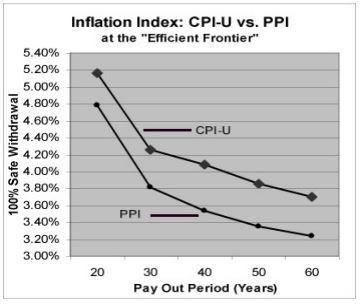ERD50
Give me a museum and I'll fill it. (Picasso) Give me a forum ...
+100Quote:
Originally Posted by chassis View Post
Do you realize you need to do some of the research and calculations on your own? You are asking very elementary questions, answers to which can be found using the search feature on this site, and with google.
+1000
I can be very tolerant and patient with people showing an interest and effort, as long as they are trying, I'll usually keep helping.
But F.I.R.E User seems to want everything spoon-fed, doesn't bother to do any of their own research, or... is trolling us.
I've been skipping over those posts, waste of my time.
F.I.R.E User - if you are serious, and not a troll, then act serious. Put some thought into it before posting. On another forum, a well respected, extremely helpful and patient poster often said something like "A question well asked often provides the answer".
-ERD50

